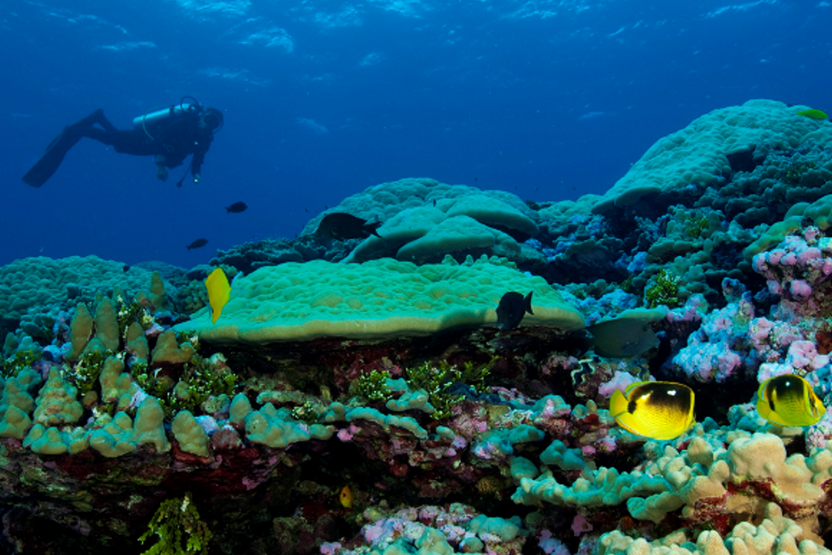Move Aims to Boost U.S. Seafood Industry, Draws Sharp Criticism from Environmentalists

According to
The New York Times, former President Donald Trump has signed an executive order reopening one of the world’s largest marine protected areas to commercial fishing, reversing more than a decade of conservation policy.
The area in question, the Pacific Islands Heritage Marine National Monument, encompasses nearly 500,000 square miles of ocean roughly 750 miles west of Hawaii. Initially established by President George W. Bush in 2009 and later expanded under President Barack Obama in 2014, the reserve is home to endangered marine life including sea turtles and whales, and features rich biodiversity around its coral atolls and underwater seamounts.
Mr. Trump’s order permits industrial fishing within the monument for the first time since its creation, a move he described as part of an effort to position the United States as the “dominant seafood leader” globally. A second executive order also called on the Department of Commerce to ease regulations affecting the commercial fishing, aquaculture, and fish processing sectors, while directing the Department of the Interior to review all marine monuments and identify others that might be reopened to commercial activity.
The former president criticized previous protections for limiting access to prime fishing grounds. “It’s so horrible and so stupid,” Mr. Trump said during an Oval Office appearance, arguing that Pacific island communities have been unfairly restricted from nearby resources and forced to travel days to reach viable fishing zones.
Aumua Amata Coleman Radewagen, American Samoa’s Republican delegate to the U.S. House of Representatives, praised the decision, calling it “fantastic news for U.S. food security” and vital to the territory’s fishing-dependent economy. She had earlier petitioned the administration to lift the ban, citing the region’s reliance on tuna fishing.
Support for the policy shift also came from other Republicans. Representative Bruce Westerman of Arkansas, chair of the House Natural Resources Committee, welcomed the move, saying it offered “a monumental new economic opportunity” for Americans in Pacific territories and Hawaii.
However, the announcement has drawn swift condemnation from conservationists and scientists. Critics argue that existing environmental laws such as the Endangered Species Act and the Clean Water Act are insufficient to protect the monument’s delicate ecosystems from industrial fishing pressures.
Maxx Phillips of the Center for Biological Diversity described the decision as “a gift to industrial fishing fleets and a slap in the face to science,” adding that legal action is likely to challenge the order.
Environmental policy expert Angelo Villagomez, a senior fellow at the Center for American Progress, warned that reopening protected waters could set a troubling precedent. “It sends the message that our public lands and waters are for sale to the highest bidder,” he said, emphasizing that the U.S. has the capacity to support both sustainable fisheries and marine conservation.
Marine scientists have also pushed back on the administration’s economic rationale. Dr. Robert H. Richmond of the University of Hawaii noted that large protected zones actually benefit the fishing industry over time, functioning like “bank accounts” where fish populations grow and reproduce in safety, ultimately supporting more productive fisheries in surrounding waters.


Comment